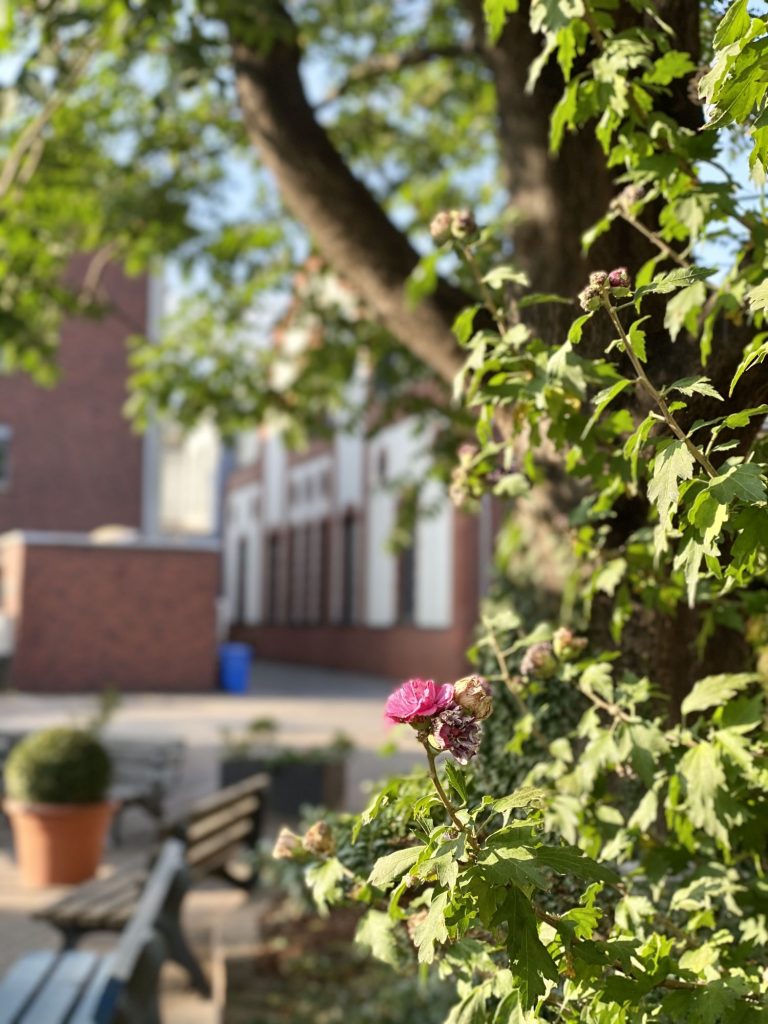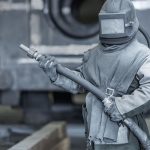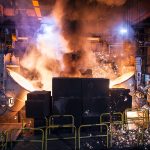We work hard to get better every single day. Thanks to our early transition to induction melting, we have been avoiding emissions associated with cupola furnaces and the burning of foundry coke for many years now. The complete switch to renewable energy in January 2023 has eliminated emissions from our melting operations almost entirely.
Feedstock for our casting materials (GJS and GJL) consists to of 90% scrap, for example tracks or chips and cut-offs from milling or stamping. Only 10% is primary raw material, making our casting production extremely resource-efficient already.










